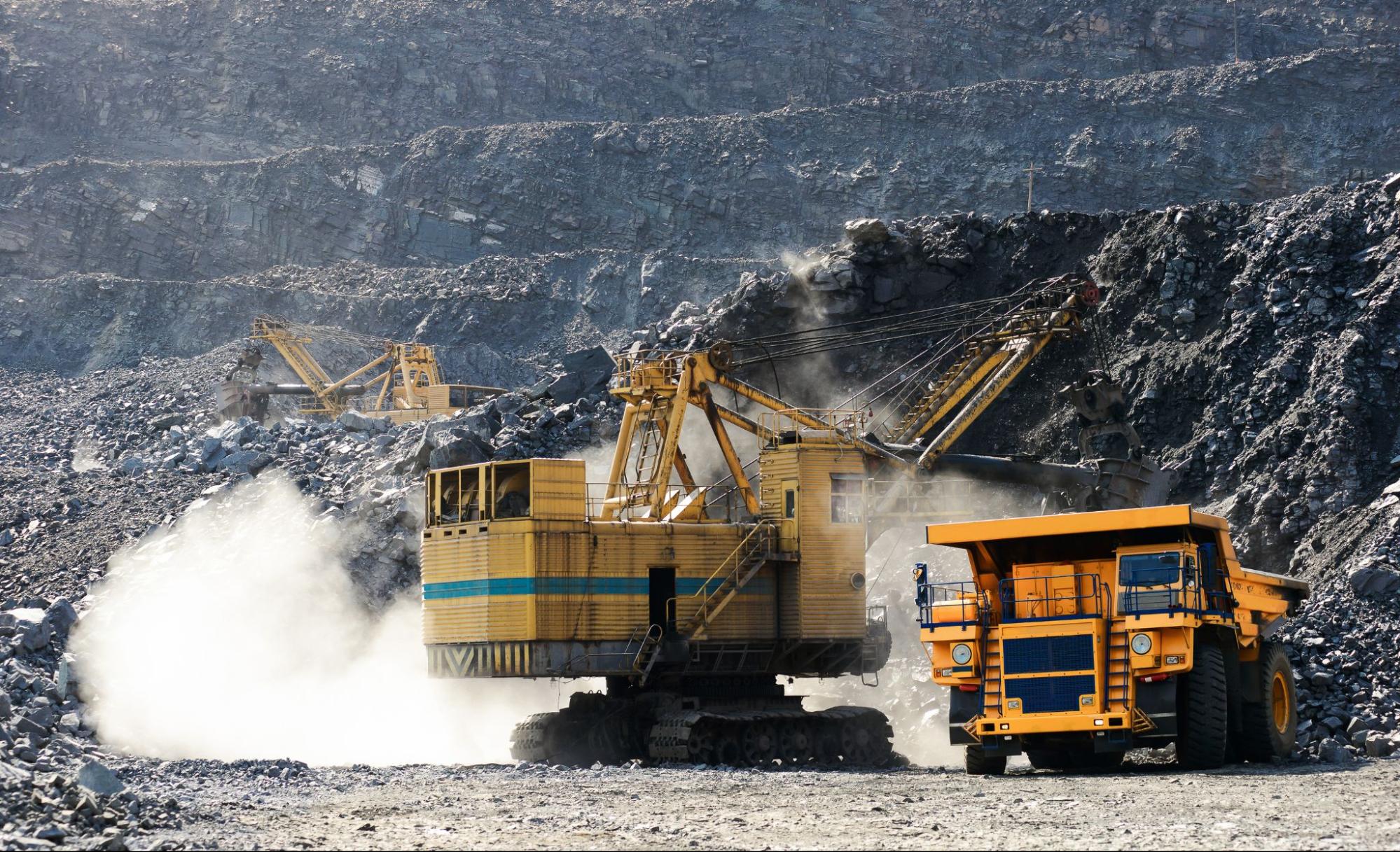Junior mining companies contribute to the exploration and development of the mining industry by providing the groundwork for future supply and demand of exploration projects. They act as an exploration pipeline for major mining companies that are looking to acquire mineral projects to put into mine production. Most junior mining companies are faint-hope propositions, highly volatile, with low odds for success. Buying stocks in them is more akin to speculating than investing. However, they’re also associated with high profits. Due diligence is recommended prior to investing but evaluating a junior mining company before purchasing stocks is a tricky endeavour. The following are some risk management strategies for reducing your risk when choosing a junior mining company for investment.
- Investigate the management: A qualified leader/management team that has experience in geology, operations, finance and marketing is important for securing capital and meeting financing requirements, from exploration through to production. Invest in production-focused management teams that have successfully put mines into production in the past and own a significant interest in the company. Management should also be telling their mine’s stories somewhere (conferences, investor roadshows, etc).
- Research supply/demand: Check the overall mining sector and determine where the capital is flowing to for exploration projects. Become aware of projects in the pipeline. This provides insight into whether the supply is increasing or decreasing and where large companies/institutions are looking for future acquisitions.
- Pay attention to jurisdiction: Where is the project located? Is it in a region with political and/or social unrest or injustices? This will increase the risk of project failure.
- Look for near-term producers: Companies that are nearer to producing carry less risk than companies in the exploration stage. A great deal of the guesswork about grade, size, costs and metallurgy has been taken out of the equation. They’ve done the work to give investors an increased level of confidence that their project will successfully move toward the production stage. They may have done studies; preliminary economic assessment (PEA), preliminary feasibility study (PFS) and/or feasibility study (FS).
- Examine financing: Look for well-financed junior mines with no immediate need to sell shares at low prices. Determine whether they have a major partner who has agreed to pay for the drilling, exploration and/or development, in exchange for an interest in the property. Look for mining stocks with a strong balance sheet and low debt. Better yet, look for mining stocks that have cash flow from an existing mine that is sufficient for the development costs of another mine. Avoid mining stocks that trade at unsustainably high prices due to broker hype or investor mania about the underlying commodity.
- Research the share structure: Does the company’s share structure allow for stock appreciation? How many shares are outstanding? Look for a tight share structure so that every buyer results in stock price appreciation.
- Examine trading volume: High average daily trading volume means you can dispose of stocks when it’s time to take profits, making it important to examine the trading volume.
- Look at the market cap of the mine versus the estimated value of the mineral resource they have in the ground. The market cap should be no more than half the value of the minerals in order to provide a margin of safety.
- Determine if there is a dividend strategy: A company that outlays a fixed percentage of cash flow for dividend distribution alongside an increasing production profile creates an ascending floor on the stock.
Mineral exploration is a risky business but it’s possible to reap the rewards of successful mineral investigation. Junior mining companies are a great way for investors to get in on a new project in the early stages. The chances of successfully finding and developing a deposit of mineral(s) are substantially higher when a skilled team is in charge. Remember that it can take years to identify and develop a resource so return on investment may take a while. Always research the long-term supply/demand of the minerals being explored. Investigate the track record of the company leadership. The most important thing to remember when investing in junior mining is diversification. You can reap great profits if you have one junior that is successful but the odds are against you. Investment goals are achieved in this sector by keeping a fully diversified portfolio and adjusting it on a regular basis.
Interested in mining activities and investment opportunities? Check out Junior Mining Hub. We’re a rapidly growing, open-access platform highlighting industry events and activities throughout the junior mining sector. Our categorized, searchable information provides a cohesive industry picture. We use our years of industry experience to promote mining activities and investment opportunities to the global community. Contact us today or sign up for our daily email and/or our weekly newsletter.

